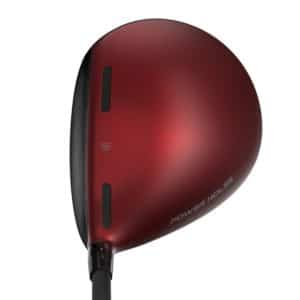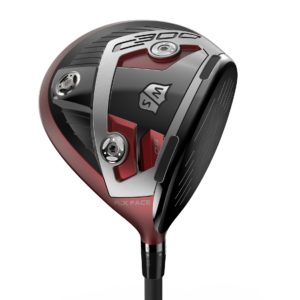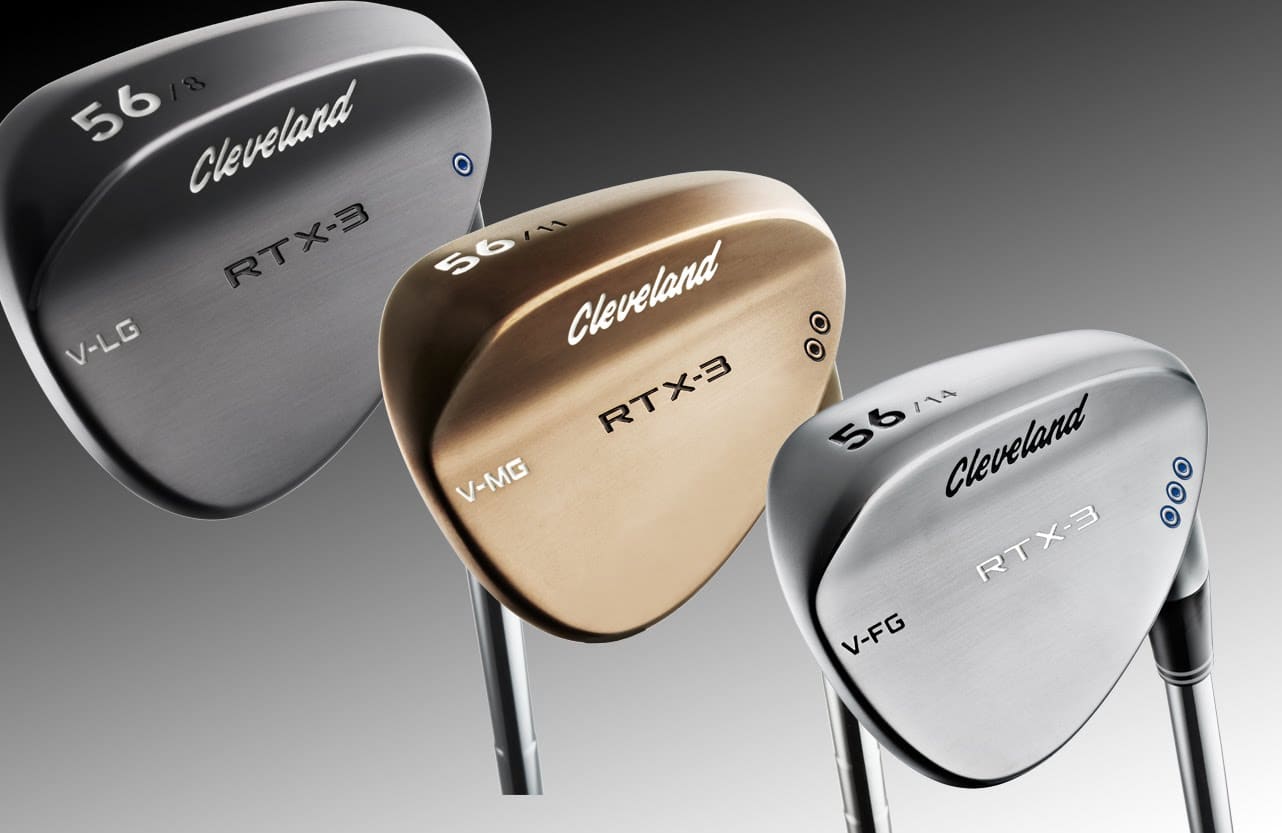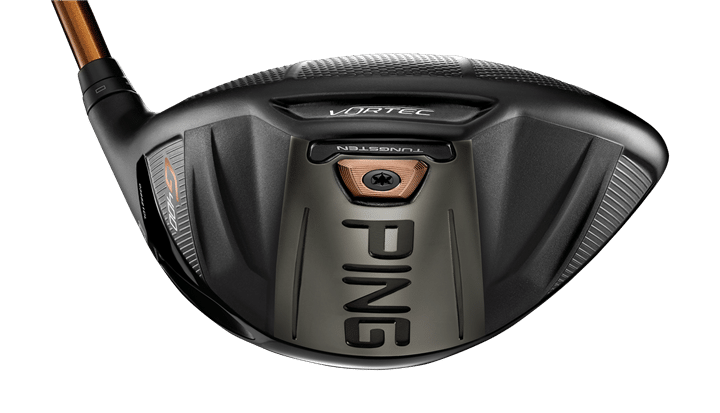Wilson C300 metalwoods
Wilson C300 metalwoods bring iron ‘power hole’ technology to drivers, fairway woods, hybrids
Cut-through holes in crown and soles of metalwoods look to expand highest ball speeds across more of the face

While it’s been well documented how driver technology has improved iron designs, Wilson’s new C300 metalwoods make the case for how a driver can now benefit from some established iron technology.
The C300 driver, along with new fairway woods and hybrids, builds on the idea of less supporting metal structure immediately connecting the body of the club to the face. These “power holes,” as Wilson refers to them, were first seen on the C200 irons two years ago, developed further in both the D300 irons from last year and this year’s just launched C300 and C300 Forged irons.
The less support the face has, said Jon Pergande, Wilson’s manager of golf club innovation, the more it will flex. That leads to a higher CT rating, a measurement of spring-like effect and face flex. More flex means more distance.
On the C300 driver, fairway woods and hybrids, there are openings in both the heel and toe sections of the crown and sole. The holes are filled with a thermoplastic urethane compound that allows the surrounding metal to flex.
“Drivers have been fairly mature in terms of CT and the middle of the face,” Pergande said. “There is not a significant benefit of putting a power hole in the middle of the face where we would only have to dumb down the middle of the face. So the purpose then is to expand what the high ball speed is across the entire face.”

The C300 driver also makes an effort to increase ball speed with a variable thickness face design. Altered from past Wilson drivers, Pergande said the face’s thicker section is shifted slightly toward the high toe to provide more flexibility in the low heel section.
Beyond the ball speed efforts, the Wilson C300 offers both a sleeker adjustable hosel to tweak loft by minus-one/plus-two degrees and sole weights (two six-gram weights, one two-grame weight) that adjust to add draw or fade bias.
The C300 fairway woods and hybrids use one 12-gram weights and two two-gram weight to adjust between neutral, draw and fade bias. The C300 fairway woods use three weight ports, while the hybrids use two. On the adjustable hosel, the fairway woods tweak loft by minus-one/plus-two degrees, while the hybrids change loft by plus-/minus-one degree.
The Wilson C300 driver ($400; 9, 10.5 and 12 degees), fairway woods ($220; 13.5, 15, 18 degrees) and hybrids ($210; 17, 20, 23 degrees) all feature versions of the Fujikura Speeder Pro graphite shaft. All are available for pre-order today and are expected to be in stores next month.
The same power hole concept, adjustable hosel and sole weights are part of both the C300 fairway woods and hybrids. Both the fairway woods and hybrids include a power hole on the toe section of the skirt to expand face deflection. Also helping out the ball speed equation is a thin Carpenter 455 steel face insert.






